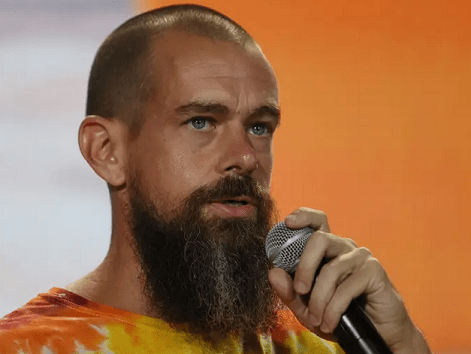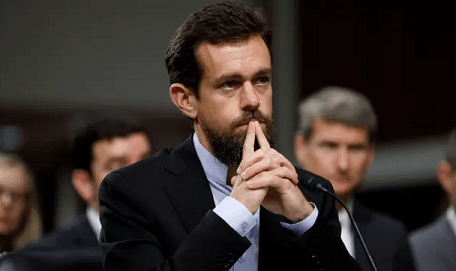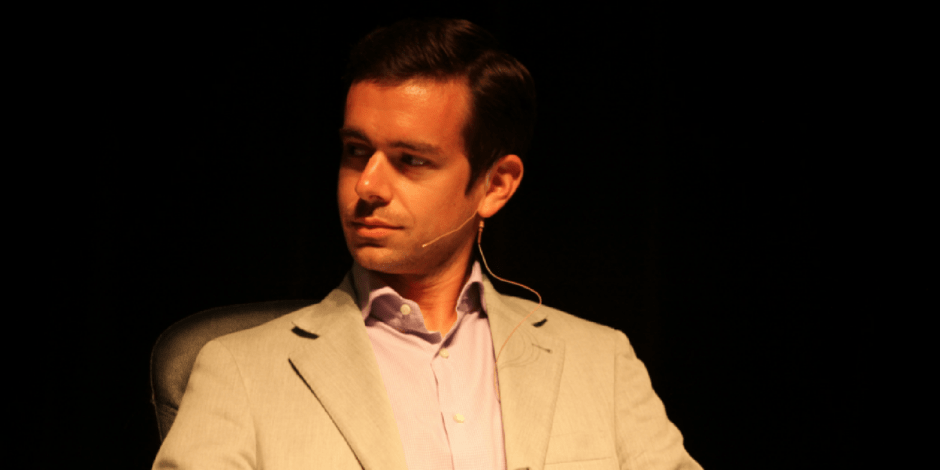By Karen K. Ho
Jack Dorsey’s legacy as Twitter’s CEO is deeply mixed and one that doesn’t give his successor, Parag Agrawal, a smooth path forward.
Since its founding in 2006, the company has grown to 211 million active daily users, 37 million of them in the US as of September 30. It plays an important role in global politics, brand building, and daily discussions on an array of topics but also is a growing source of hate speech, conspiracy theories, and worsening mental health. Experts told Insider the company needs to address Dorsey’s missed opportunities regarding monetization, product development, and content controls.
During his leadership stints (2006-11 and 2015-21) Dorsey has been questioned for his “hands-off” leadership approach. He’s been public about his two hours of daily meditation, his 5-mile walk-commutes to work, plans to spend three to six months in Africa, and how often he delegates major decisions to people like Agrawal at both Twitter and the fintech payments company Square.
Here are the five most important missed opportunities, according to experts.
1. Banning Trump too slowly
On January 8, two days after the insurrection on the US Capital, the Twitter account for then-President Donald Trump was suspended indefinitely. But the move came after the account @realDonaldTrump sent out two tweets widely seen as increasing risk of “further incitement of violence,” the company said in a blog post.
For years, Trump was known for being controversial, insulting, and racist on Twitter, including making inflammatory comments about specific House Democrats. The account had 88.7 million followers at the time of its closure, but that number wasn’t necessarily an accurate representation of its popularity. One report in 2018 found 61% of the followers were bots, spam, inactive, or propaganda. Jane Lytvynenko, a senior research fellow at Harvard, wonders what would have happened if Dorsey had acted earlier.
“Would we have ended up with the shitstorm that was 2020 and disinformation had Jack Dorsey and Twitter decided to ban Trump in 2018, after the North Korean missile scare?” Lytvynenko asked.
A 2018 Gallup poll found 76% of Americans were aware of Trump’s Twitter usage, but only 4% of Americans overall have a Twitter account themselves, followed Trump’s account and read all or most of his tweets. The company also said it continued to gain users in January after Trump’s account was banned.
“We are a platform that is obviously much larger than any one topic or account,” Dorsey said during an earnings call that referenced Trump’s suspension from the platform.
2. His handling of misinformation
Research published in 2014 showed how the platform helped spread misinformation during the Boston Marathon bombing and the Ebola outbreak. During Dorsey’s second tenure, new research continued to show how Twitter enables the spread of false news much more quickly than true reports, particularly during the COVID-19 pandemic.
“There’s much more that Dorsey could have done to address the problem domestically and internationally,” Lytvynenko said. “The problems that he was grappling with as a CEO persist. I don’t know if he succeeded in resolving them. I would say that he sort of left the job unfinished.”
3. His handling of harassment, death threats, and hateful content
Harassment and hate speech have been consistent issues at Twitter. Dorsey has been taken to task about this several times, as recently as last year during a Senate committee hearing. The platform has been criticized for its delayed or lack of response to white supremacist, Nazi, anti-Semitic, or anti-Muslim content, especially the disproportionate abuse and death threats directed toward people of color, specifically Black women.
In 2016, the actress Leslie Jones was targeted with racist and sexist memes. Dorsey reached out to Jones and later said the abuse and harassment were not part of “civil discourse” and promised more improvements. In 2018, he acknowledged how Twitter had become known for negative kinds of content.
“We have witnessed abuse, harassment, troll armies, manipulation through bots and human-coordination, misinformation campaigns, and increasingly divisive echo chambers,” Dorsey wrote in a tweet. “We aren’t proud of how people have taken advantage of our service, or our inability to address it fast enough.”
In 2019, Dorsey said the company had not done enough to combat abuse online. Later that year, he was grilled about the issue by the head of TED, Chris Anderson, and Whitney Pennington Rodgers, TED’s current affairs curator. Dorsey said Twitter was trying to be more proactive through machine learning and the use of algorithms to identify abusive tweets, “so we can take the burden off the victim completely.”
4. Failure to better monetize advertising and marketing
Twitter has become an essential part of mainstream media and the political economy worldwide. Politicians who build large followings on the platform can see real benefits, like raising more money and increasing their chances of being elected. Brands can go viral.
But a lot of Twitter’s viral engagement has been organic, rather than through paid promotion or marketing, said Pinar Yildirim, associate professor of marketing at the University of Pennsylvania. “He missed a lot of opportunities to increase the company’s advertising share compared to other social-media platforms.”
The company also banned political advertising in 2019.
Yildirim said Dorsey’s ideals were focused on making Twitter a place for open discussion instead of trying to target them with lots of advertising and monetization like Facebook. “They remained very limited in these functionalities, which eventually made Wall Street not so happy.”
5. Slow product updates
One of the biggest changes during Dorsey’s time as Twitter’s CEO was the shift from 140 characters to 280 in 2017. But Yildirim said Dorsey’s vision kept the platform “in many ways, frustratingly, too simple.”
Yildirim said in her research and interviews with Twitter employees, the company has been working on ideas for monetization and to enhance the customer user experience, but they haven’t materialized. “They have tried many different things, many different beta products,” she said. “And somehow it hasn’t really been embedded into products. They have a long way to go.”
Feature Image Credit: Joe Raedle/Getty Images



